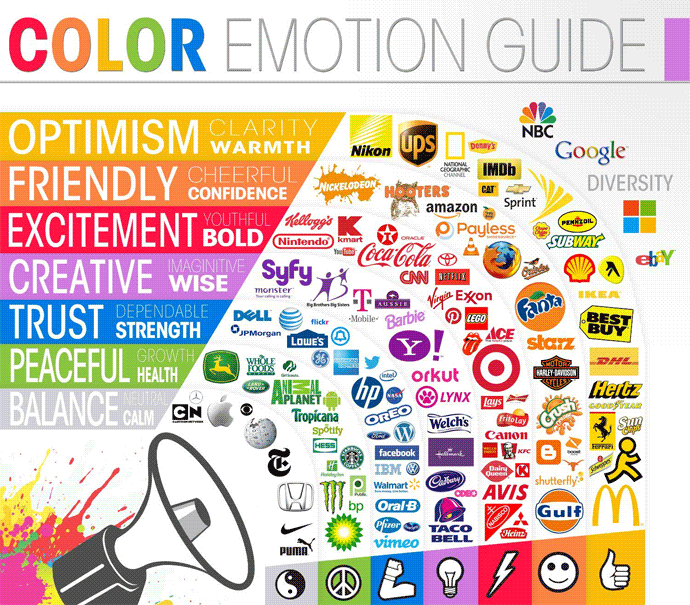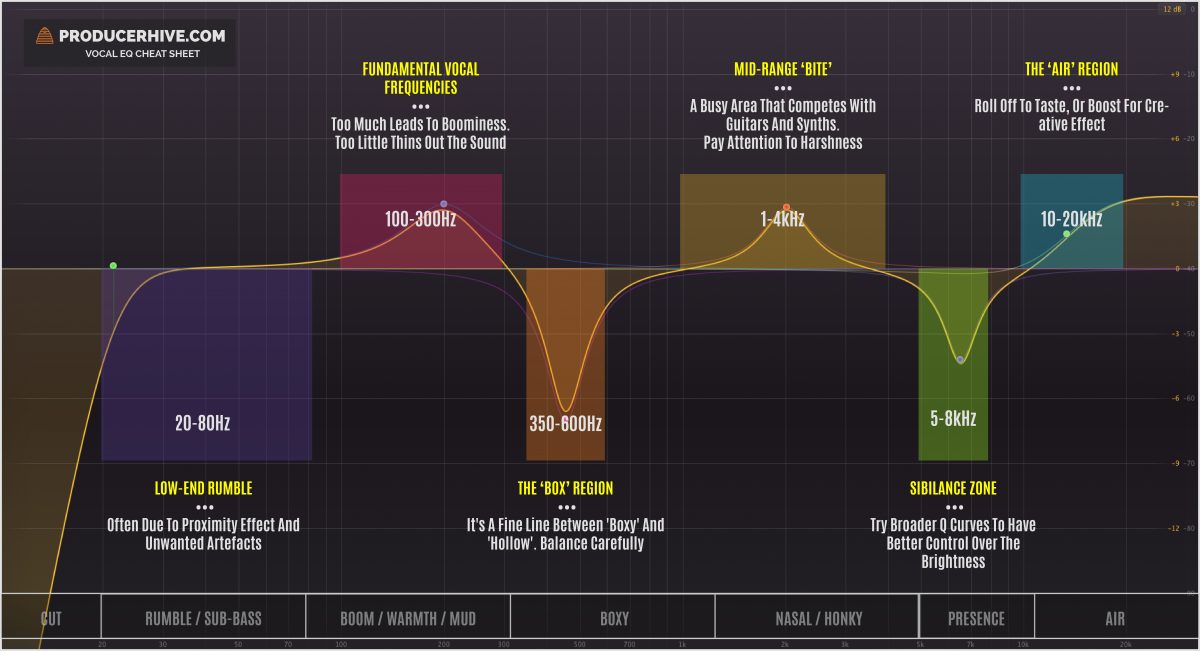Over the last few years, podcasts have become a popular type of content, and medium of communication. In 2022, 90% of the Australian population was familiar with podcasts and the average Australian listened to about 5 shows in a week (Accumulate Australia).
The growth in popularity is tied to a few things.
The first is the power and ubiquity of our phones. Our new best friend wakes us in the morning and tucks us into bed at night. Our phones overflow with any number of podcasts that meet our unique and individual needs. Podcasts are easily retrieved and entertain and inform us as we commute, walk, run, garden, clean and cook our way through life.
The second is the ability to create podcasts.
Technology has democratised the factors of media production and distribution. Every brand, not for profit, think tank and government department is now a media company. Podcasting technology is simple. All it takes is a microphone, software, finding a home on one of the many global distribution platforms and some broadcasting knowledge.
Mix in a little enthusiasm and subject matter expertise of interest to a particular audience and you are on your way to making new friends.
For the government, podcasts are a great way of building relationships with citizens.
Most government communication is narrow. Of course, there is the general whole of population campaigns such as public health but in the main, government communicators are looking to build and sustain respectful relationships over time with audiences who have narrow interests and specific needs.
There is also something powerful about turning up in people’s brains via the ears. It creates an intimacy that builds relationships and trust.
So, if any or all of that excites you, here are 9 essential steps to getting started.
1 – Idea
You have to have an idea that will attract an audience. The narrower the topic, the more likelihood of success. For example, contentgroup’s podcast Work With Purpose has been a smash hit. We guessed there would be interest in the APS and the wider public about the senior leaders who were implementing the government’s COVID-19 response, and we were right. Each week, the show is attracting an audience numbering in the thousands and delivering an important platform for public understanding.
2 – Goal
To develop the idea write a one-pager that makes it clear to you, your teammates, guests, and the audience about the value your podcast is going to create and for who? Writing it down helps you to clarify your thinking and helps avoid wasting time if you are not ultimately convinced. Remember, the golden rule here is to make your goal clear, concise, and clever.
3 – Structure
So if have convinced yourself that it’s a goer, before you hit the record button, spend the time to structure and format your conversations. Think about your target audience, what content they most likely listen to, and other podcasts you listen to structure their content, and most importantly think about what you like in a podcast. News or business updates can be short and to the point, while longer formats suit deep dives into niche topics. Our personal favourite podcast, 99% invisible, uses the following structure:
- Introduction of key points and contextualisation of the content
- Current affair style investigation where different viewpoints are explored
- The host is then joined by a specialist to discuss
- Conclusion of the ideas and takeaways for the listener
4 – Branding and Graphic Design
People won’t just find the podcast so you have to give it a visual identity. Your branding and graphic design informs the way listeners first interact with your podcast. People always judge a book by its cover. The design will play a role in helping people stop before they hit play. A cohesive design will create trust and authority between you and your audience. Here is a great guide that dives deeper into how to brand your podcast. Key branding and graphic design deliverables you will need are:
- Logo
- Banner
- Episode tiles
- Social media tiles
Be deliberate in your design. The colour emotion guide below gives you an idea of the associations that come with using a specific colour. We have a blog on the psychology of typography which is well worth a read before deciding on your design.

A quick case study:
See here, how we cleaned up the GovComms graphics to make them clearer and more concise. We took out the noise to create a logo that is memorable and remarkable.
5 – The team
A podcast comes together with a team. At contentgroup, our podcasts come together with:
-
- Host – the energy and the life of the podcast. The host is the first point of contact for your audience.
- Sound engineer – sets up the microphones and monitors the quality of the audio through the recording process. The sound engineer edits the podcast and makes it sound spick and span.
- Producer – drives the podcast. A producer will organise talent, coordinate with members of the team, make sure social media is up and running, write the host a brief, make a transcript, and keep the podcast humming.
6 – Talent Release Forms
You have locked in a guest and you are ready to record your first episode. You need permission from your guest to use their voice and images you might take of them. A talent release form also ensures that your guest knows exactly how the episode will be distributed. Here is a template you can use.
7 – Take time to edit
Post-production is where you can add bells and whistles to your podcast. My advice; keep your edit consistent. Choose an intro and outro jingle and stick with it. Use the same audio effects. At contentgroup, we use audio editing software Logic, but Audacity is a great free option. There are three key effects we use:
- Compression – brings sound to the same level. It is a great tool to keep audio consistent when you are working with multiple microphones or sound sources. You can adjust your threshold level to choose how much your audio is compressing.
- Limiting – as a general rule, your podcast should be limited down to -6.00 dB.
- EQ’ing – is a great tool that will remove the sound of air conditioners or ambient room noise. Here is an image to explain what I’m talking about:

8 – Distribution
Now that you have created your podcast’s branding and produced the audio, you need to make sure it gets heard.
At contentgroup, we use ACAST to publish our podcasts to platforms such as Apple Podcasts and Spotify. Consistency is key. Choose a set day and time each week, or fortnight, that your podcast is released. Creating a following takes a lot of time, be patient.
9 – Promotion
You have put all the work in, so get your podcast heard!
My key points to successful promotion:
- Keep your graphics and tone consistent, and post regularly.
- Review your content regularly. Data is a valuable insight into how your audience is responding to your content. Be active and be aware! Aim to review your content monthly. Compare it to the month before, look at what similar platforms are doing, experiment with video content!
- Make sure you are across your platforms. Think about what channels your audience use and target those. Social media, newsletters and online community boards can be great places to start. Research the platforms you are using and know how your audience operates within them. For example, an economics podcast might do well on LinkedIn, but maybe skip Instagram which focuses on personal usage and stories.
Making a podcast is a big task, but it can really boost your brand and allow you to engage with your audience on a deeper level. If you like the idea of making a podcast, but need some support, we have experience in developing engaging podcasts, our Work With Purpose podcast has over 58,000 downloads within its 90 episodes.
So, drop us a line at [email protected] and one of our team members will get in touch with you to understand your needs.

Like the tech tips!